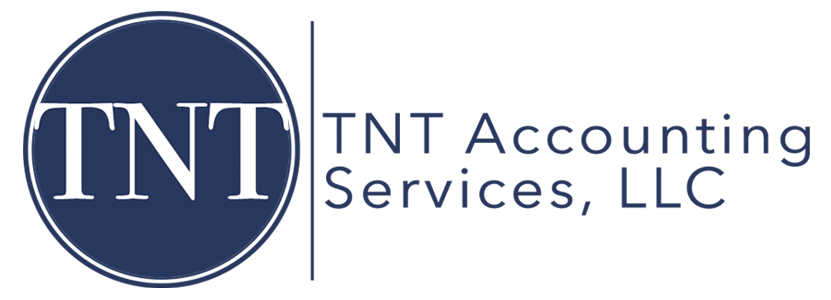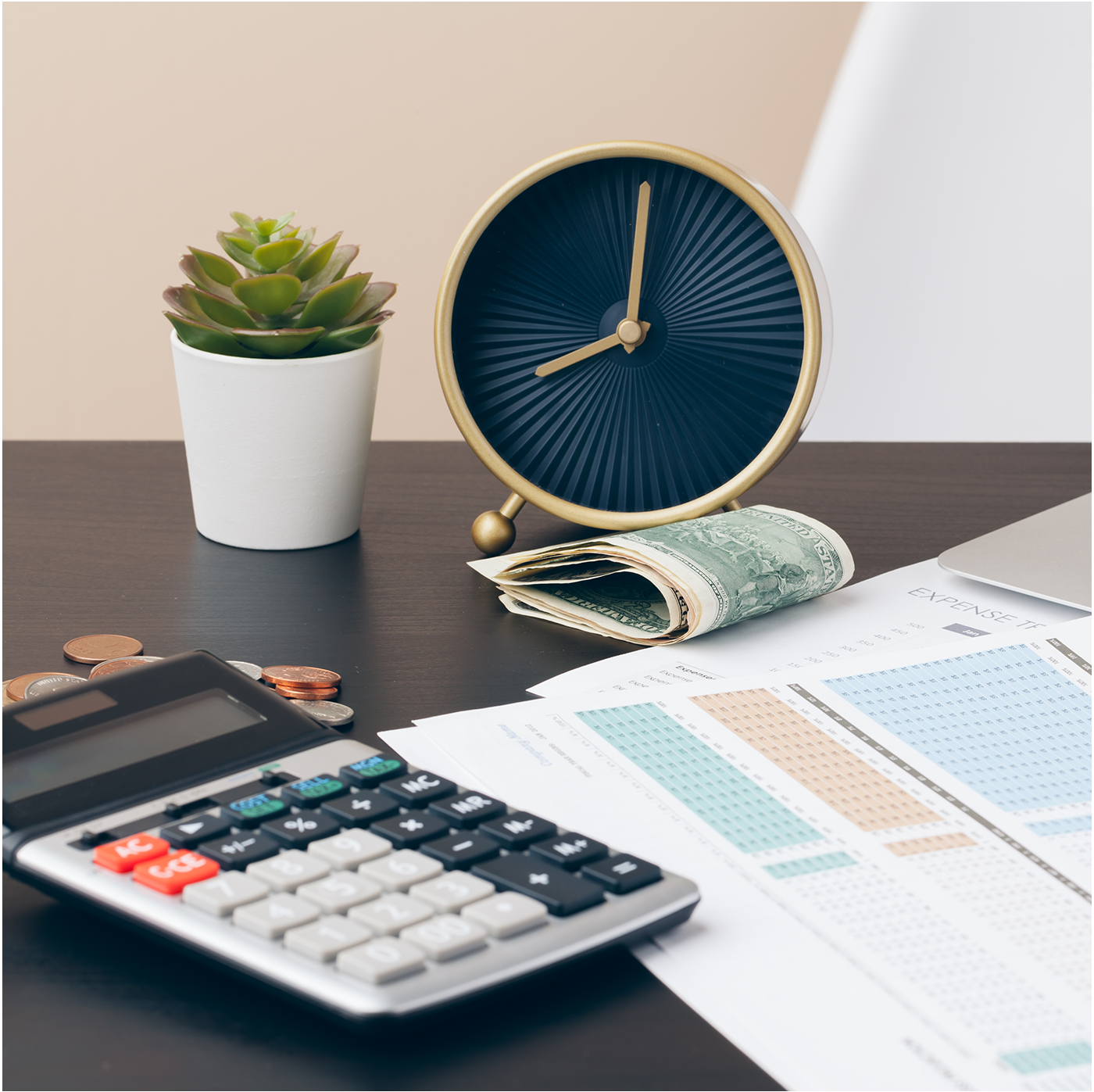We’re only a couple of months away from the tax deadline and now is the perfect time to start getting all your paperwork organized so you have everything in order when it comes to getting your taxes done.
The Internal Revenue Service (IRS) reports that more than 80 million taxpayers use paid professionals to complete and submit their tax returns. And it certainly does make it easier and less stressful for all parties involved.
If you’re one of these 80 million taxpayers, it is important to organize your receipts, forms, and other documents well before tax time. Your preparer (like us) may take information directly from you or ask you to complete a questionnaire. Either way, you’ll need time to gather everything you—and your preparer—will need. Here are the steps to take.
- Even if you hire someone else to prepare your tax return, you’ll need to do some of the advance work yourself—and the earlier you start, the better.
- Round up your receipts and check that you’ve received all the forms you need from employers and financial institutions.
- Last year’s tax return can be a good guide for making sure you aren’t missing any important information.
The sooner you meet with your preparer, the sooner you should be able to complete your return (even if you decide to file for an extension). If you anticipate a refund, you’ll get that sooner, too. If you wait too long to schedule an appointment with a tax preparer, it might not happen before April 15th, and you could miss out on opportunities to lower your tax bill, such as making a deductible contribution to an IRA or a health savings account.
Gather Your Documents
By the end of January, you should have received all the various tax documents that you need from your employer or employers, as well as from banks, brokerage firms, and others with whom you do business. For each form, check that the information matches your own records.
These are some of the most common forms:
- Form W-2,5 if you had a job.
- The various 1099 forms that report other income you received.
- Form 1098,11 reporting any mortgage interest you paid.
- Form W-2G,12 if you had certain gambling winnings.
Round Up Your Receipts
Which receipts you’ll need to provide depends on whether you itemize your deductions or claim the standard deduction. You’ll want to choose whichever produces the bigger write-off, but the only way to know for sure is to add up your itemized deductions and compare that with your standard deduction. For the 2020 tax year, the standard deduction for single taxpayers is $12,400 and for married couples filing jointly it is $24,800.
In particular, look for receipts for medical costs not covered by insurance or reimbursed by any other health plan, property taxes, and investment-related expenses.
The better organized your records are, the less time it will take a preparer to process your taxes, which translates into lower fees for their service.
List Your Personal Information
You probably know your Social Security number, but do you know the Social Security number of each dependent you claim? You’ll want to jot those down, along with any other information your tax preparer is likely to need. For example, if you own a vacation home or rental property, note their addresses. If you sold a property in the past year, note the dates you bought and sold, the amount you originally paid, and how much you received from the sale.
Plan Ahead for Any Refund
If you expect a tax refund, you have several options for how it’s handled.
- You can apply some or all of the refund toward next year’s taxes. If you normally pay estimated taxes throughout the year, that can help cover the first quarterly installment.
- The government can send you a check or deposit the refund directly into your checking or savings account.
- You can contribute some or all of your refund to certain types of accounts (IRAs, health savings accounts, education savings accounts) or buy U.S. Savings bonds through Treasury Direct.
Find a Copy of Last Year’s Return
If you use the same preparer that you used last year, they are likely to have your previous information. If you are going to use a new preparer, last year’s return can serve as a reminder to the preparer—and you—of some items you don’t want to overlook. Here are two examples:
- Interest and dividends. Last year’s return should indicate which banks, mutual funds, or other financial institutions sent you 1099 forms. Use that list to make sure you received 1099s from them again this year (unless you closed those accounts or sold the investments in the meantime).
- Charitable deductions. If you made small gifts, you may not have received any acknowledgment from the organization, but you can still deduct these contributions as long as you have a canceled check or other proof. Consult last year’s list of organizations you donated to and see whether you made similar gifts this year.
The Bottom Line
Whether you do your own taxes or hire someone else to handle it, keeping good records will save you time and, in the case of a paid preparer, money. The earlier you start, the more smoothly it should go, and the sooner you’ll have put the process behind you for another year.

